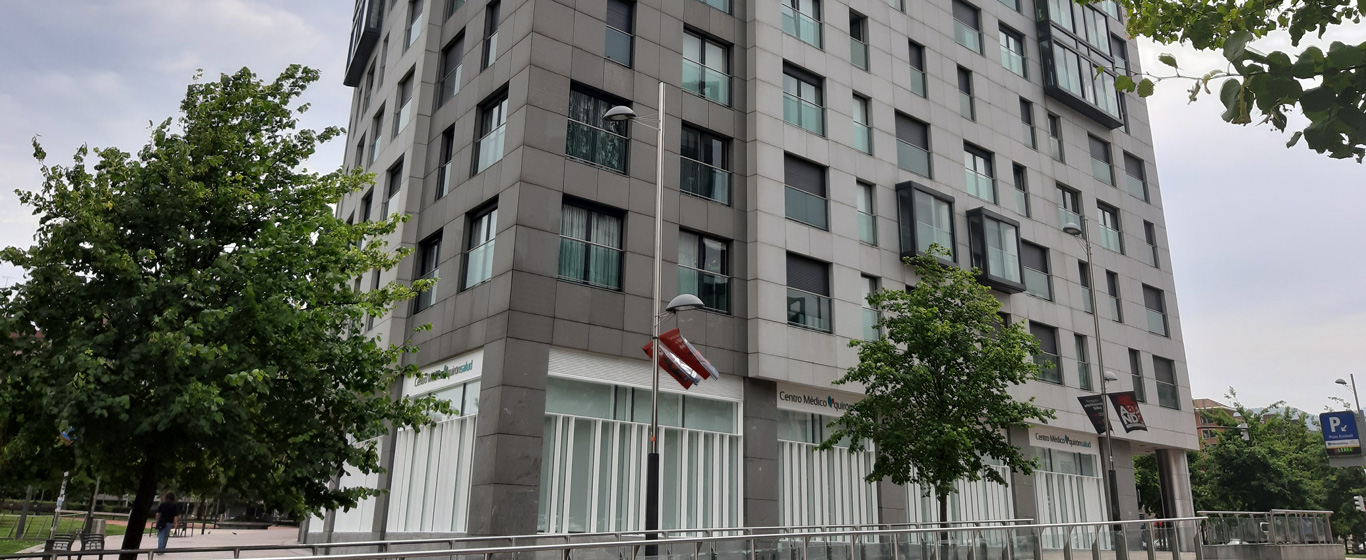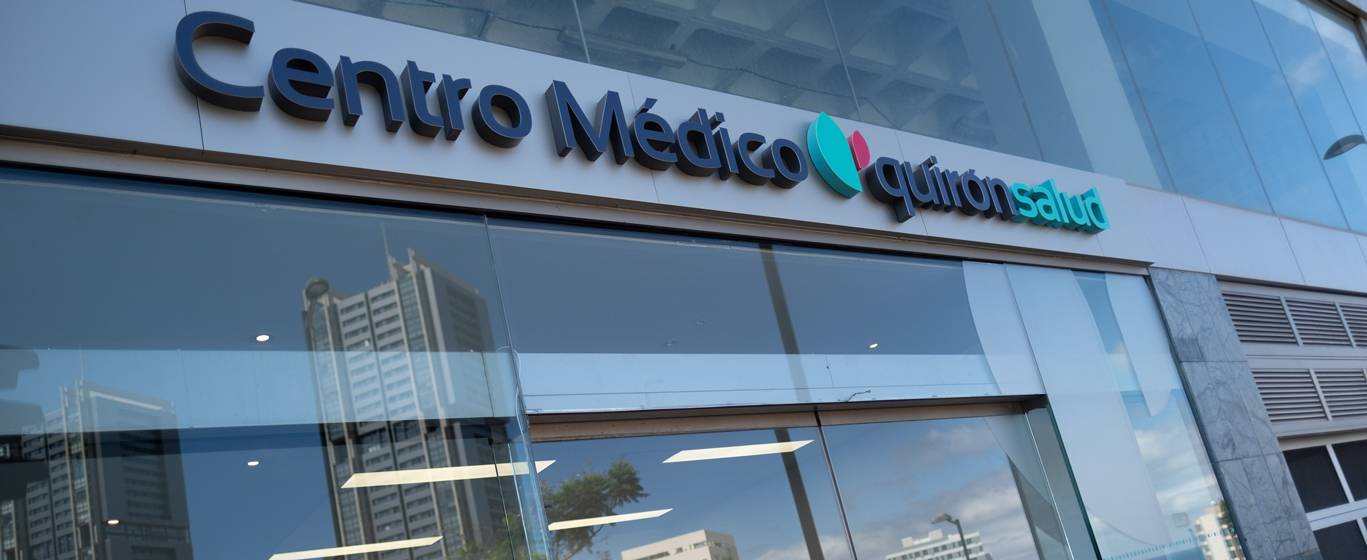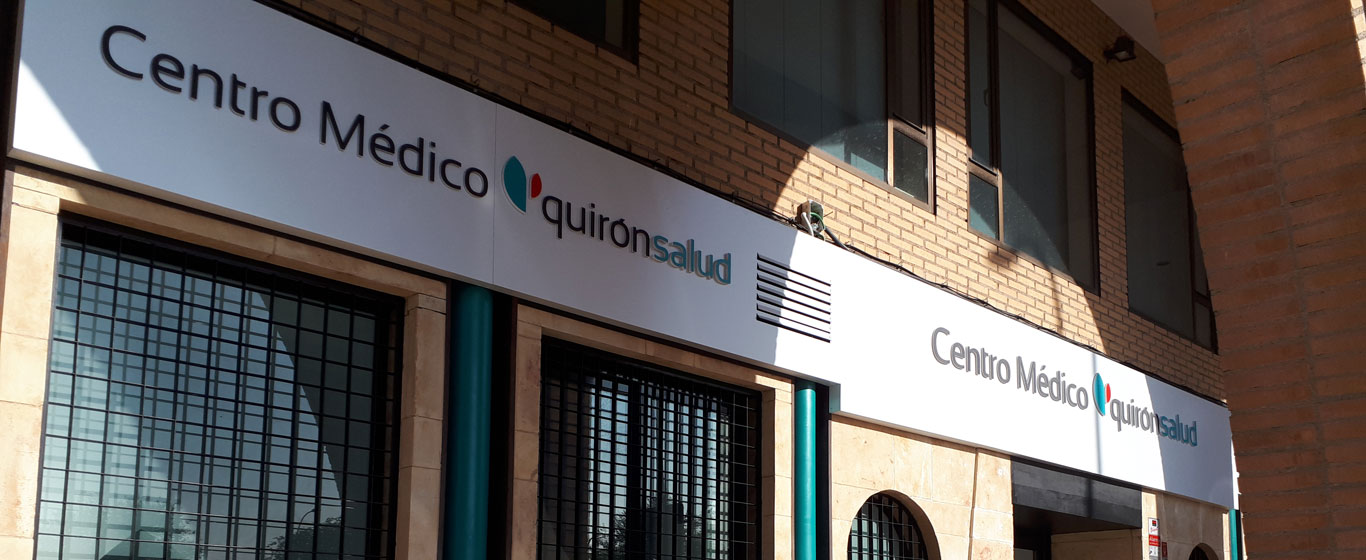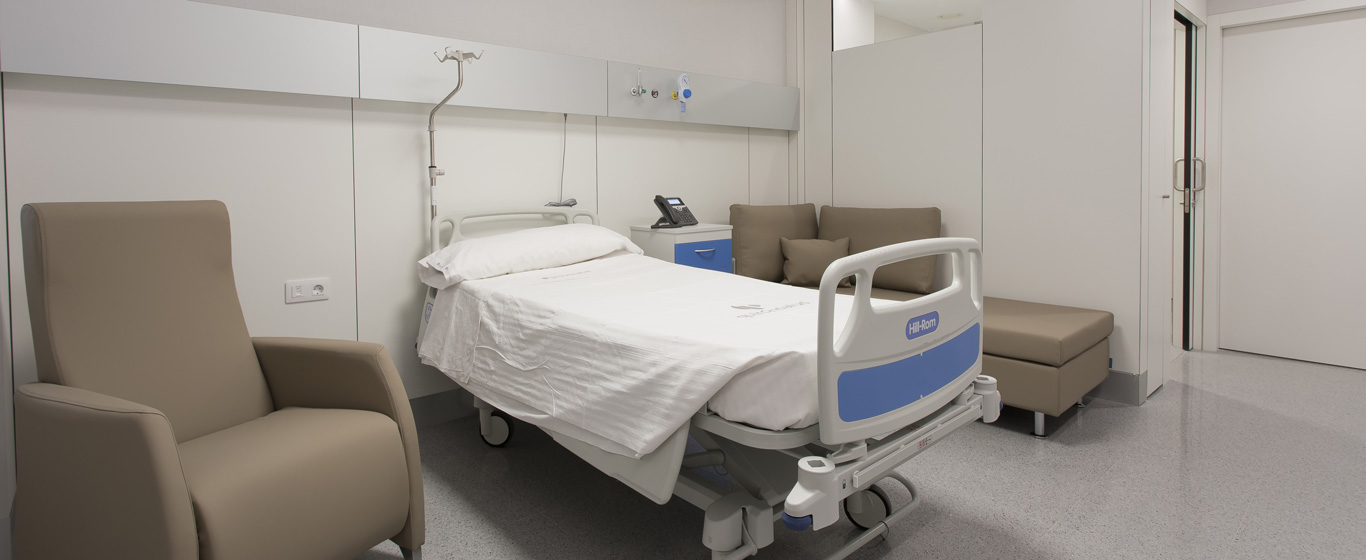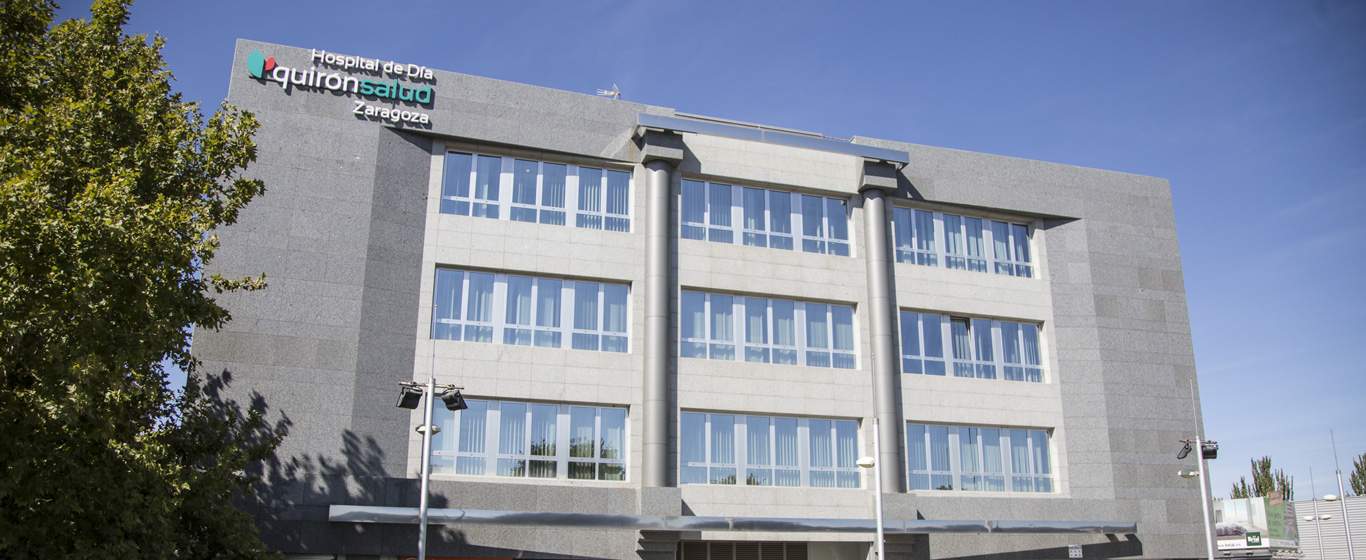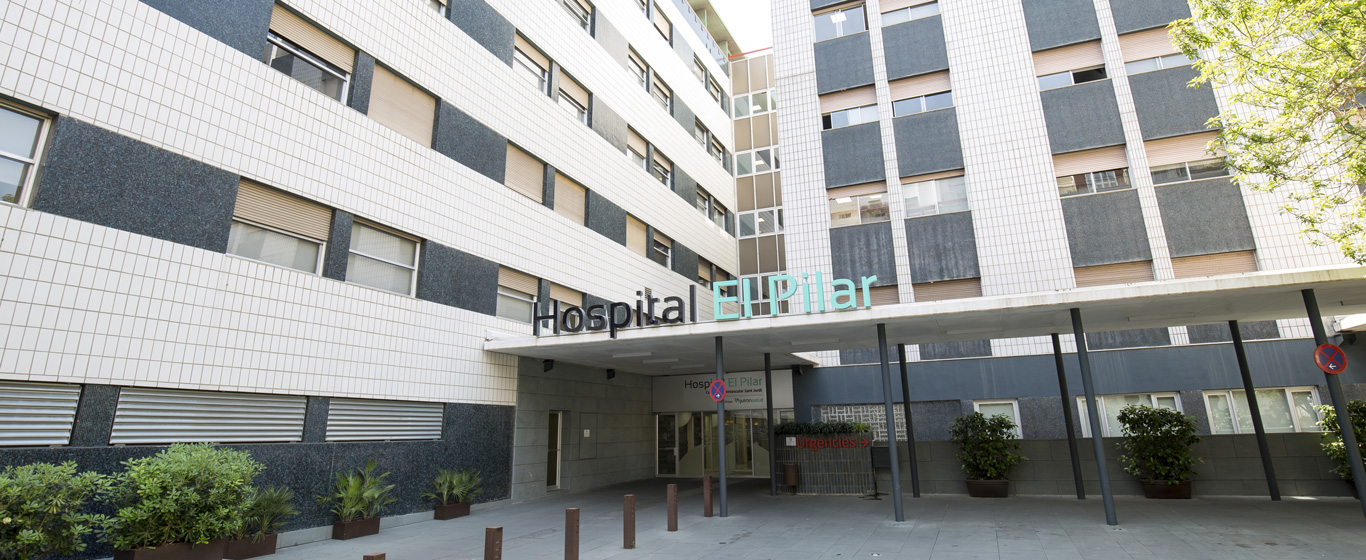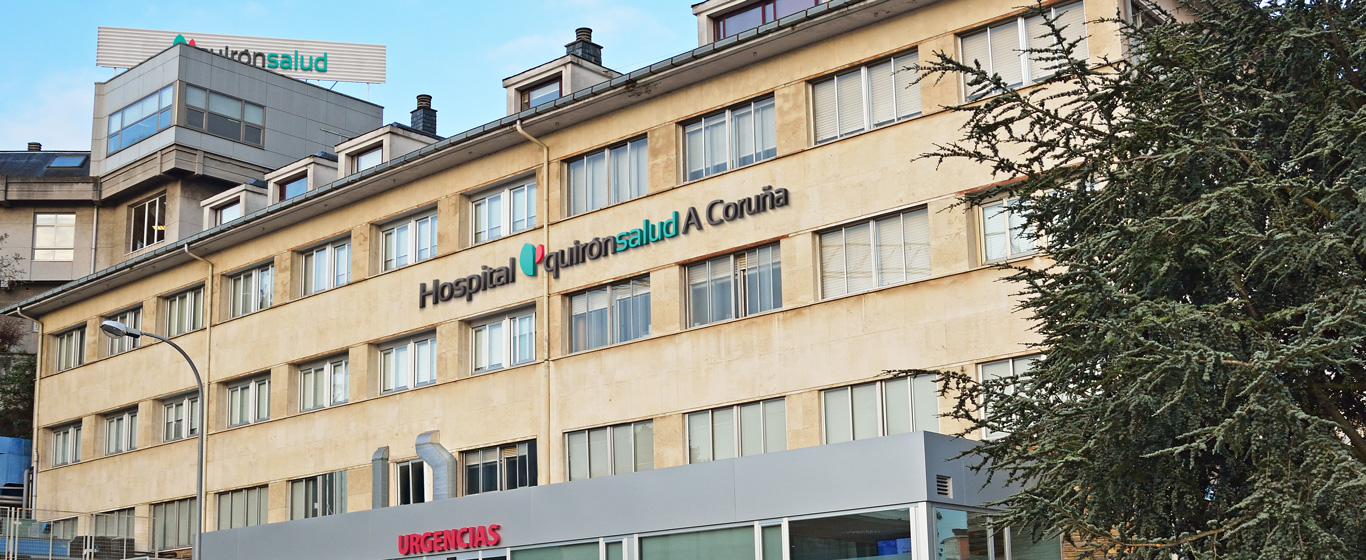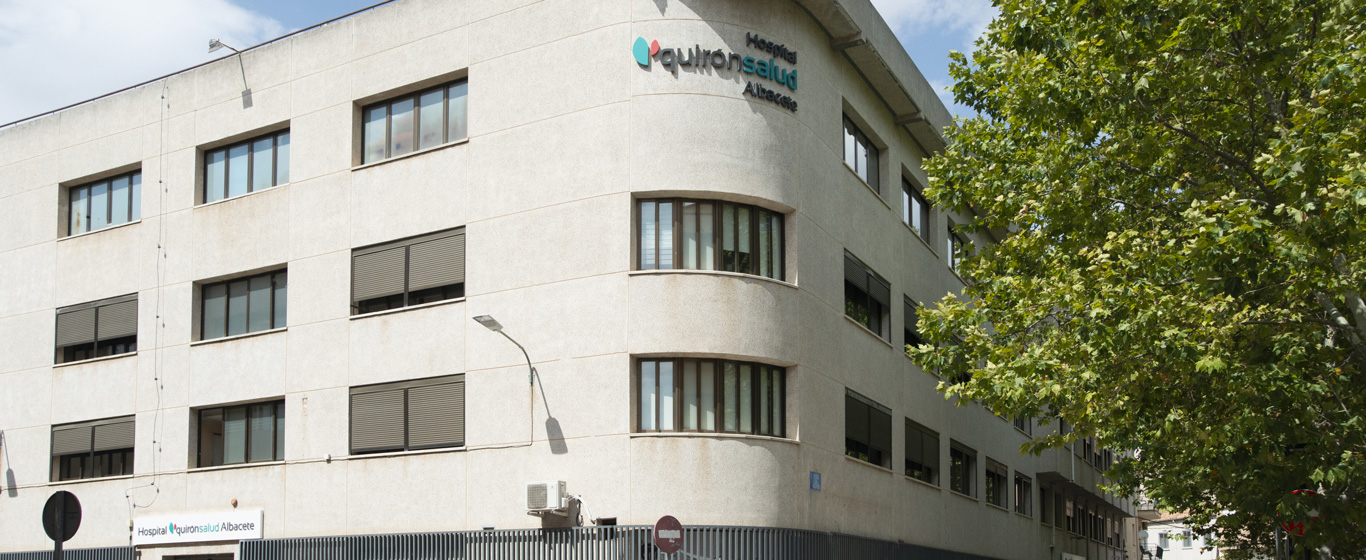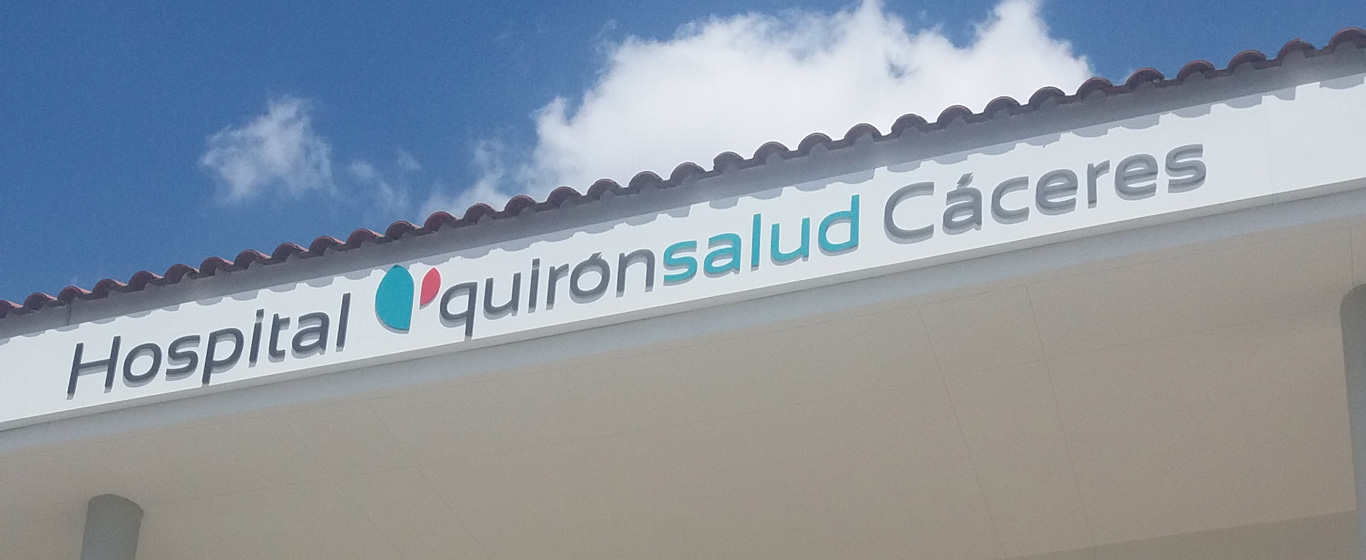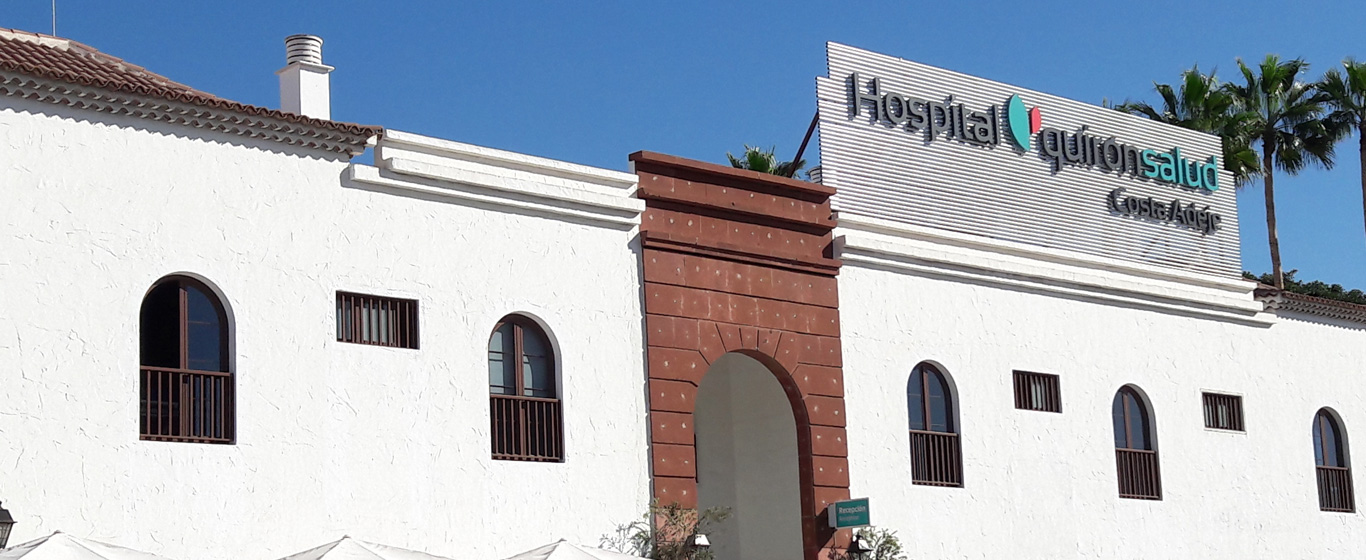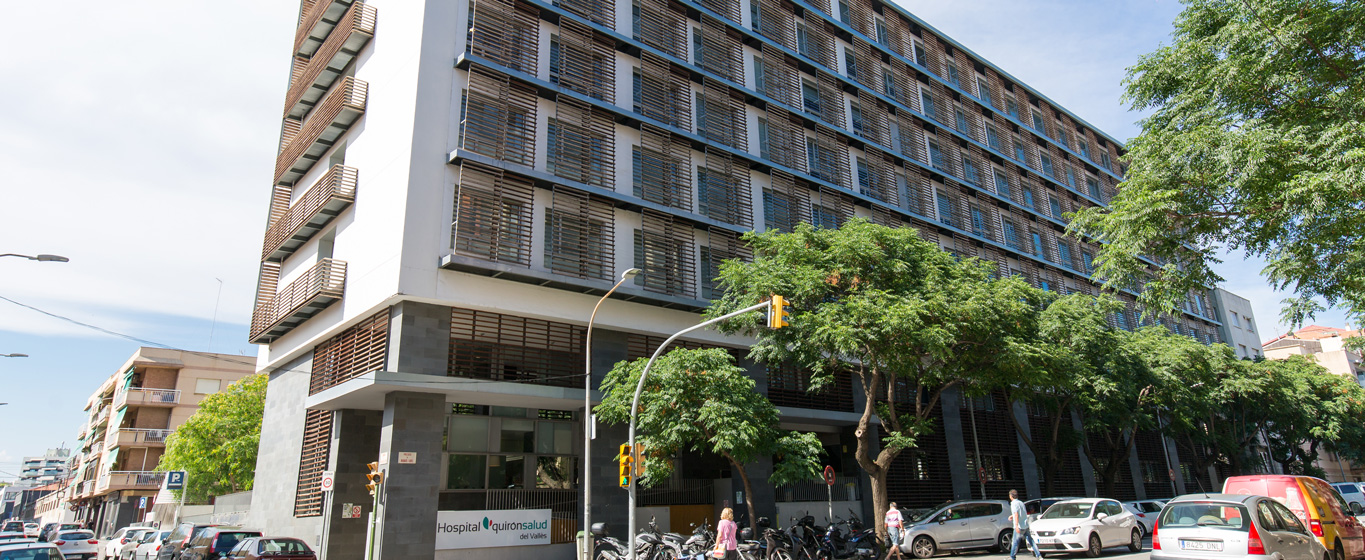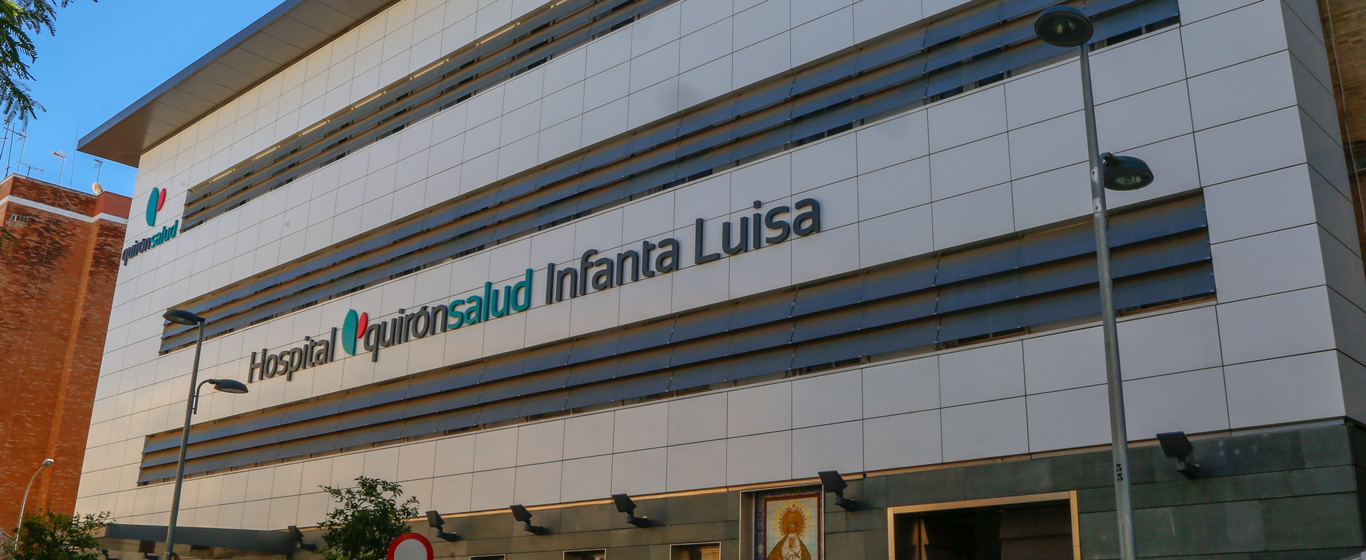Hypertension
What are the consequences of high blood pressure? All the information about the causes, symptoms, and treatments of hypertension.
Symptoms and Causes
Hypertension is a sustained increase in the force exerted by the circulating blood on the walls of the arteries as the heart pumps to maintain circulation. This increase in blood pressure means extra work for the heart and higher pressure on the arterial network.
Blood pressure has two components:
- Systolic blood pressure: the force of the blood flow when it is pumped out of the heart (the moment of maximum pressure).
- Diastolic blood pressure: the pressure between beats, when the heart is filling with blood (the moment of minimum pressure).
Blood pressure is measured in millimeters of mercury (mmHg). Generally, high blood pressure is considered when the systolic pressure exceeds 140 mmHg and the diastolic pressure exceeds 90 mmHg. Starting at age 65, normal blood pressure values may increase.
Depending on the origin of high blood pressure, it is classified as:
- Secondary hypertension: the result of another systemic disease, usually nephrological or endocrine. It is very rare.
- Essential hypertension: has no apparent organic cause. It is the most common type.
The 2024 guidelines maintain the definition of hypertension in the consultation as a systolic BP of ≥140 mmHg or a diastolic BP of ≥90 mmHg. However, a new category, "Elevated blood pressure (BP)," has been introduced. Elevated BP is defined as a systolic BP in the consultation ≥120-139 mmHg or a diastolic BP of 70-89 mmHg.
Three categories are defined for BP classification:
- Not elevated (<120/70 mm Hg)
- Elevated (120 mm Hg to 139 mm Hg/70 mm Hg to 89 mm Hg)
- Hypertension (≥140/90 mm Hg)
This new classification replaces the previous categories of grade 1, grade 2, and grade 3 hypertension.
Hypertension is an extremely common problem that affects one-third of the global population over 18 years of age. It is known as the "silent killer" due to the severity of its consequences and the absence of usual symptoms.
Symptoms
In most cases, there are no symptoms until the values are very high or a hypertensive crisis occurs, at which point the following may appear:
- Sudden and severe headache.
- Spontaneous nosebleed.
- Palpitations.
- Chest pain.
- Difficulty breathing.
- Numbness or weakness.
- Blurred vision.
- Anxiety.
- Disorientation.
Causes
Primary or essential hypertension usually develops gradually over the years and is favored by a series of risk factors. It is also considered to have a hereditary genetic component that alters the blood pressure regulatory mechanisms. Secondary hypertension, on the other hand, results from an underlying condition or the use of certain medications:
- Tumors in the adrenal glands or pituitary gland.
- Disorders in the parathyroid glands.
- Acromegaly: excessive production of growth hormone.
- Chronic kidney disease.
- Sleep apnea.
- Arteriosclerosis.
- Renal artery stenosis.
- Central nervous system disorders.
- Certain medications, such as some cold remedies, pain relievers, or contraceptives.
Risk Factors
Factors that increase the risk of developing high blood pressure include:
- Age: from age 60 onwards, blood vessels weaken and lose elasticity.
- Gender: it is more common in men.
- Family history.
- Overweight or obesity.
- Smoking.
- Excess salt and saturated fats, and potassium deficiency.
- Excessive alcohol consumption.
- Sedentary lifestyle.
- High stress levels.
- Diabetes.
- Pregnancy.
Complications
Uncontrolled hypertension can cause serious problems in vital organs of the body, being the leading risk factor for heart attack or stroke. Additionally, the continuous strain on the heart to pump blood causes thickening of the heart walls (hypertrophy), which can lead to heart failure.
The weakening of blood vessels resulting from hypertension promotes the development of aneurysms, which may rupture and pose a life-threatening risk. Moreover, high blood pressure can severely affect the renal arteries, preventing adequate blood flow, causing ischemia in the nephrons, and leading to progressive and irreversible kidney destruction.
An increase in blood pressure can also rupture eye blood vessels, leading to hemorrhages that may result in vision loss. Furthermore, if the affected organ is the brain, cerebral hemorrhages or strokes can occur, potentially leading to vascular dementia.
Prevention
To prevent high blood pressure, it is essential to lead a healthy lifestyle by quitting smoking, reducing alcohol consumption, and avoiding fats, cholesterol, and salt in the diet. It is also necessary to exercise regularly, maintain a healthy weight, and monitor blood pressure levels periodically.
Which doctor treats hypertension?
Hypertension is usually detected in family medicine, internal medicine, preventive medicine consultations, or check-up units. Due to the variety of its complications, treatment may involve a team of specialists, including cardiologists, nephrologists, or ophthalmologists.
Diagnosis
High blood pressure is typically diagnosed during a routine medical check-up:
- Blood pressure measurement: it is measured with a device called a sphygmomanometer, which consists of an inflatable cuff that is placed around the arm and gradually inflated. The cuff is connected to a gauge that records the pressure in the cuff. Several measurements are needed to confirm consistently high blood pressure.
- The use of validated devices for measuring blood pressure is recommended, and the importance of measurements outside the consultation is emphasized, such as ambulatory blood pressure monitoring (ABPM) or home blood pressure monitoring (HBPM), to detect conditions like white coat hypertension and masked hypertension.
In the presence of hypertension, further tests are necessary to confirm an underlying cause or show the impact on other organs:
- Blood and urine tests: these measure levels of red blood cells, cholesterol, glucose, potassium, and sodium. They also check for signs of dysfunction in the kidneys, liver, and thyroid.
- Electrocardiogram: studies the heart's electrical activity to detect cardiac hypertrophy.
- Echocardiogram: provides detailed images showing the heart's function and blood circulation.
- Eye examination: the retinas are examined to observe any effects of hypertension on the arterioles and confirm the severity of arterial damage.
Treatment
The treatment of hypertension generally has two complementary approaches:
- Conservative treatment: if hypertension is mild, substantial lifestyle changes are recommended, such as regular exercise, a low-salt and low-fat diet, weight loss if necessary, limited alcohol consumption, and no smoking.
- Pharmacological treatment: if hypertension is severe or conservative treatment is ineffective, a combination of medications for high blood pressure is used:
- Diuretics: help eliminate excess sodium and water.
- Angiotensin-converting enzyme inhibitors: block the formation of an enzyme that narrows blood vessels.
- Angiotensin II receptor antagonists: block the action of the enzyme.
- Calcium channel blockers: widen and relax the blood vessels by preventing calcium from entering the muscle cells of the heart and blood vessels.
- Adrenergic blockers: reduce the heart's workload and dilate blood vessels by blocking the sympathetic nervous system's effects that increase blood pressure.
- Central alpha-antagonists: function similarly to adrenergic blockers.
- Vasodilators: widen blood vessels and prevent arterial wall hardening.
- Aldosterone antagonists: block the effect of a substance that causes the accumulation of salt and fluids.
- Renin inhibitors: decrease the production of an enzyme involved in raising blood pressure.

























